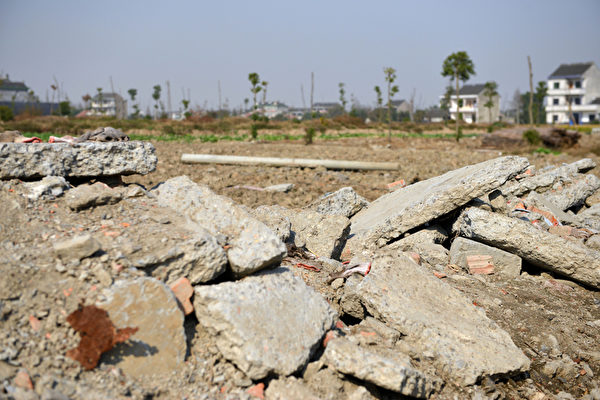China’s land transaction volume for the first three quarters of 2024 decreased by 20% compared to the same period last year, reaching a new low in land transaction scale since 2010. Across various levels of cities in China, there is a trend of both quantity and price experiencing a decline.
According to Ding Zuyu, the CEO of E-House China, a real estate expert, on October 3, as of September 25, the total gross floor area of operational land transactions in the first three quarters of this year was 502 million square meters, a 20% decrease from the same period in 2023. The transaction amount also dropped by 36% year-on-year, amounting to 1.35 trillion Chinese yuan, with the decline widening by 3 percentage points compared to the first half of the year.
In terms of price, the floor price decreased by 20% compared to the same period last year. Additionally, the land transaction heat continued to decline in the first three quarters of the year, with the overall premium rate dropping to 4.1%, a decrease of 1.3 percentage points from the same period in 2023.
In both first-tier, second-tier, third-tier, and fourth-tier cities in China, land transaction volumes showed a simultaneous decline in both quantity and price. Among them, first-tier cities saw the largest decrease in land transaction volume, with a 32% reduction year-on-year and a 39% decrease in transaction amount. Second-tier cities experienced a 19% and 39% year-on-year decrease in transaction area and amount, respectively. Meanwhile, third-tier and fourth-tier cities witnessed a 20% decline in transaction area and a 31% decrease in transaction amount. Regarding prices, the average transaction price in first-tier cities dropped to 19,625 yuan per square meter; second-tier cities decreased to 4,707 yuan per square meter, a 25% decrease, while third-tier and fourth-tier cities experienced a 14% year-on-year decline to 1,657 yuan per square meter.
The significant drop in land transaction volume is directly attributed to the low land acquisition activity of real estate companies. Overall, the premium rate for the first three quarters plummeted to 4.1%, a decline of 0.1 percentage points compared to the first half of the year and a decrease of 1.3 percentage points from the same period in 2023. Among them, the premium rate in first-tier cities dropped to 4.2%, a year-on-year decrease of 3.3 percentage points; second-tier cities saw their premium rate at 4.7%, down by 0.5 percentage points from the same period in 2023. The overall premium rate for third-tier and fourth-tier cities decreased to 3.7%, a 1.1 percentage point year-on-year decrease.
Looking at real estate companies, only half of the top 100 real estate companies in terms of sales actively acquired land in the first nine months. By the end of the third quarter, the investment amount of the top 100 real estate companies (measured by total amount) was approximately 440 billion Chinese yuan, a 45% year-on-year decrease. Close to half of the real estate companies have put their investments on hold since 2024.
Regarding the reasons for these circumstances, Ding Zuyu believes that the sluggish sales in the new housing market have led to greater financial pressure on real estate companies, resulting in lower land acquisition activity. Since 2020, the scale of real estate company investments has continued to decline, with no signs of stabilization after a sharp drop in 2022. From January to September of this year, the top 100 real estate companies saw a year-on-year decline of 41%, 42%, and 28% in terms of newly added sales value, total price, and total building area, respectively. This marks the third consecutive year of decline in land acquisition value, amount, and area. Companies are becoming increasingly cautious in their investments, with investment intensity decreasing continuously.

